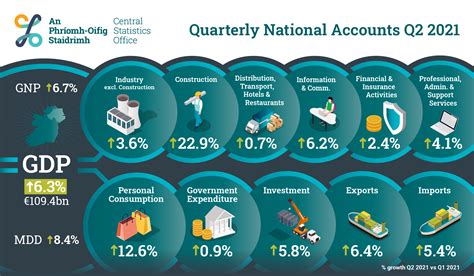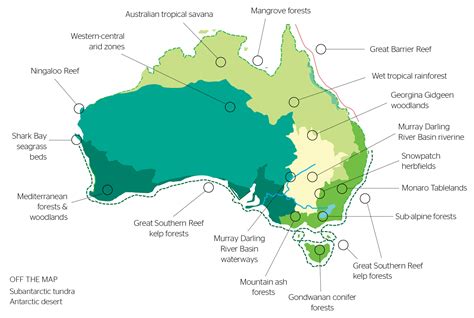Labor’s recent pledge to rescue threatened species in Australia has sparked hope and skepticism among conservationists. The country’s conservation record is marred by numerous mammal extinctions since colonization, with ecosystems teetering on the brink of collapse.
According to Environment Minister Tanya Plibersek, the new action plan aims to safeguard 110 imperiled species, striving for zero new extinctions. However, experts warn that while the initiative marks progress with its focus on Indigenous knowledge, clearer targets, and increased protection of lands and seas, it falls woefully short in terms of funding.
Not Enough Funding for Conservation Efforts
Recovering endangered species demands substantial financial resources. From combating threats like feral cats to addressing habitat destruction through land clearing, conservation efforts come at a significant cost. The estimated annual budget required for these endeavors amounts to a staggering A$1.7 billion – an investment crucial for preserving Australia’s rich biodiversity.
The Dilemma of Picking Winners
Labor’s strategy emphasizes rescuing select priority species across designated regions like the Australian Alps and Kakadu. However, this targeted approach raises concerns about neglecting countless other vulnerable plants and animals left out of the spotlight. Critics argue that prioritizing certain species over others risks overlooking the interconnectedness of entire ecosystems.
The Essential Role of Policies and Laws
While funding is essential, effective policies play a pivotal role in conservation efforts. Calls for comprehensive reforms following Graeme Samuel’s review highlight the urgency of aligning governmental actions with environmental protection goals. Preserving endangered wildlife necessitates a holistic approach that addresses all factors contributing to their decline.
Challenges Beyond Protected Areas
While expanding protected territories sounds promising, simply increasing land coverage may not suffice. It is imperative that newly protected areas enhance biodiversity by supporting various ecological communities and facilitating species movement across fragmented landscapes. Adequate funding allocation is key to ensuring proper management and long-term sustainability.
The Imperative Need for Enforceable Legislation
To truly commit to preventing extinctions, concrete legislative measures are indispensable. Holding responsible parties accountable through stringent laws can ensure adherence to conservation objectives and provide a framework for oversight and enforcement mechanisms.
In conclusion, while Labor’s initiative signifies a step forward in Australia’s battle against extinction threats, bridging the gap between ambition and practical implementation remains paramount. With concerted efforts from policymakers, stakeholders, and the public alike, there is hope yet for safeguarding Australia’s precious natural heritage before it slips past redemption.









Leave feedback about this